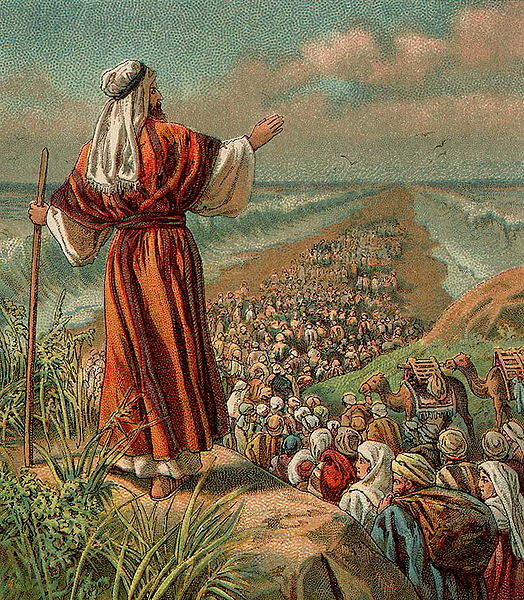April plays host to a number of significant religious holidays that are of interest to students. The two most familiar holidays are Passover and Easter, both of which are very meaningful inside their religious traditions. In this blog we cover some important aspects of Passover and how it can be incorporated into a Studentreasures elementary lesson plan or middle school writing project.

What is Passover?
Passover is an 8 day spring festival, occurring during the 15th through the 22nd of the month of Nissan, a month on the Hebrew calendar (thus its exact date on our Gregorian calendar is not always the same). It celebrates the delivery of Israelites from slavery in Egypt during ancient times.
Passover gets its name from the last plague set against the Egyptians to compel Pharaoh to free them. This last plague involved the death of all Egyptian firstborns at the stroke of midnight on the 15th of Nissan. After this plague, Pharaoh let the Israelites go.
How is it celebrated?
The first two days of Passover and the last two days are full holidays. Candles are lit and specially prepared holiday meals are enjoyed. If strictly observed, one should not work, write, drive or switch electronic devices on and off.
The first two nights of Passover mark the Seder, a very ritual-oriented and family-oriented dinner. Participants eat matzah, bitter herbs, drink four cups of wine or grape juice to celebrate freedom, and recite the Haggadah, which is a liturgy that tells the story of the Exodus from Egypt.
Special Foods
Matzah – Matzah is perhaps the signature food of Passover. It’s eaten during the hoilday to remember how quickly the Israelites left Egypt during the Exodus. This unleavened bread is frequently made at home.
To incorporate Passover into your Studentreasures books, you can ask students to think about various aspects of the holiday. How does food play into the religious tradition? How has it been maintained over time? Younger students might enjoy illustrating the stories leading up to the Exodus and the Exodus itself in a Studentreasures book.





